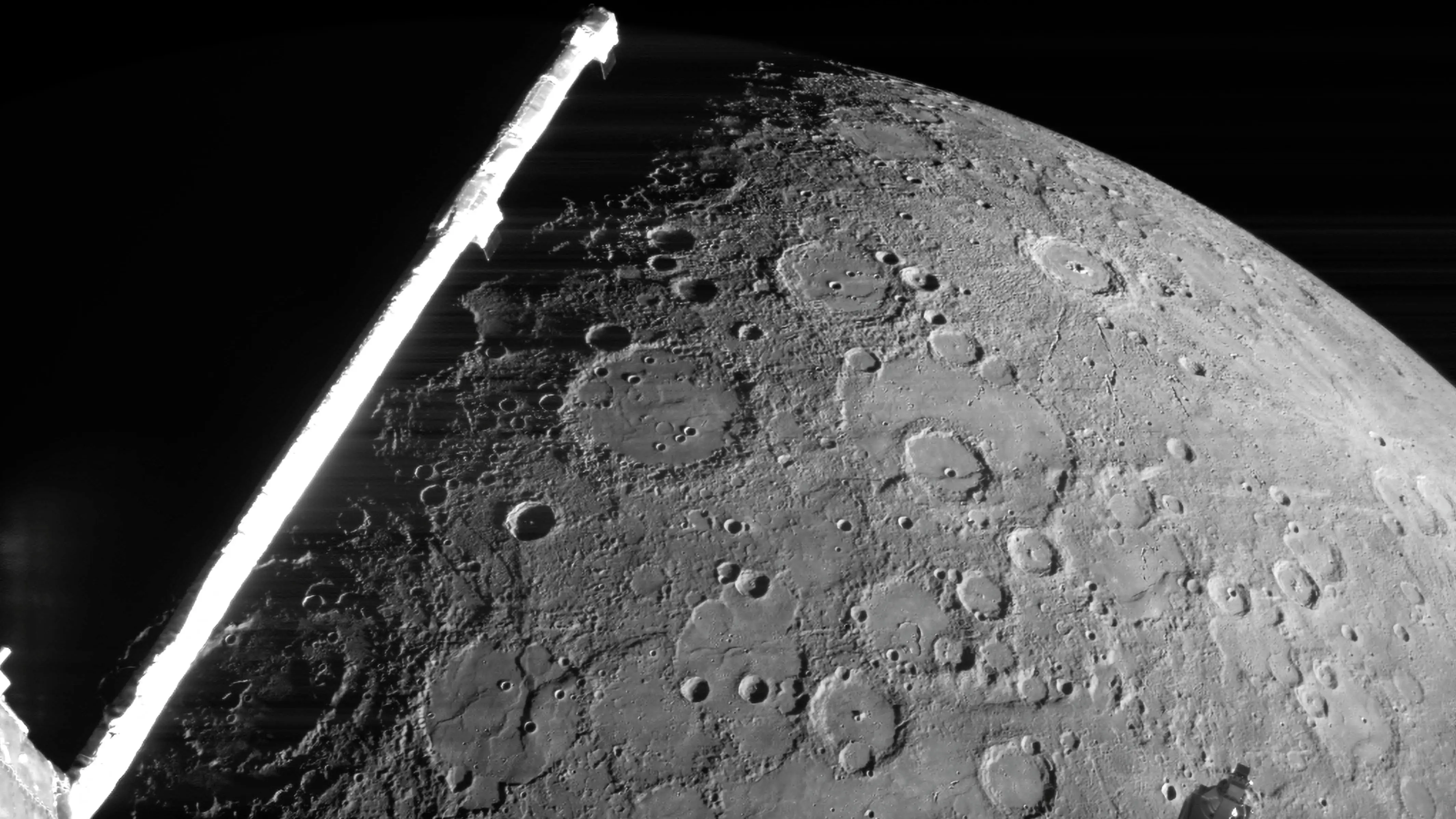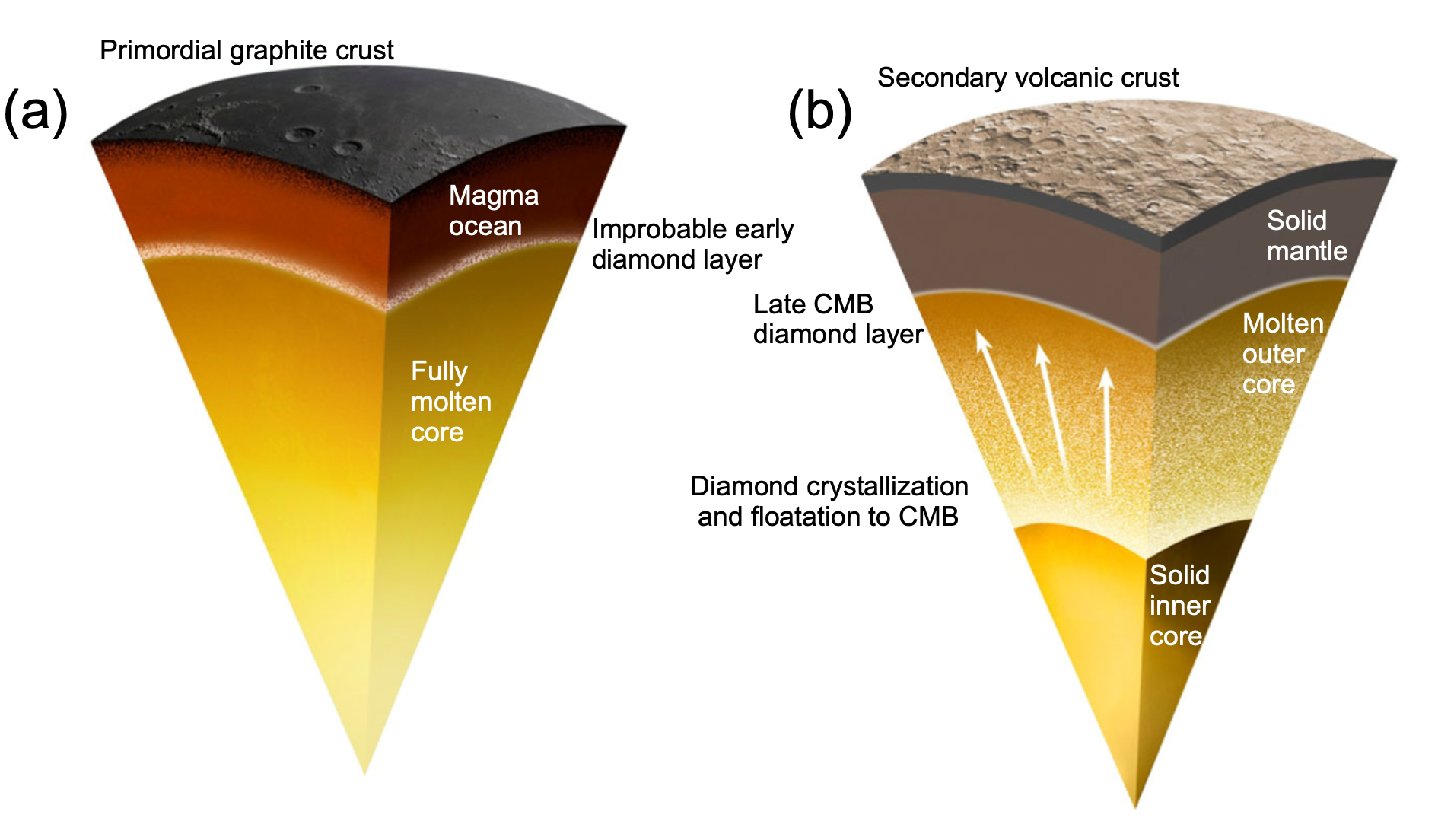
Saracino et al. (2025). Chemical Geology, Zhang & Dasgupta (in prep.)
Data from NASA's MESSENGER mission reveal that Mercury's surface is enriched in S and depleted in Fe, suggesting that the planet is significantly more reduced than the other terrestrial planets in the Solar System. The high S content in Mercury’s interior may strongly influence the bonding behavior of major rock-forming elements and, consequently, the pathways of melt differentiation. In this project, we systematically investigate the effect of S on silicate phase equilibria, focusing particularly on its role in liquidus depression. Our experimental results demonstrate that S can significantly lower the liquidus temperature by preferentially bonding with Mg, thereby destabilizing key silicate minerals. This S-induced melting behavior may have played a critical role in generating magmatism on Mercury.

liquidus depression as function of S concentration in the silicate melt.
Xu Y, Lin Y, Wu P, Namur O, Zhang Y, & Charlier B. (2024). Nature Communications
Carbon has also been identified in Mercury in relatively high abundances. Under the planet’s highly reduced conditions, this carbon is likely to saturate and form graphite. However, recent geophysical constraints suggest that the pressure at Mercury’s core–mantle boundary (CMB) may be sufficiently high to induce the phase transition from graphite to diamond. In this study, we combine high-pressure experiments with thermodynamic modeling to investigate the potential for diamond formation at Mercury’s CMB. Our results indicate that while diamond stability in the early magma ocean is possible, it is statistically unlikely. However, during the solidification of Mercury’s inner core, the progressive cooling of the molten outer core could have led to diamond crystallization, forming a distinct diamond-rich layer at the base of the mantle.

Schematic illustration of diamond formation at Mercury’s core–mantle boundary.